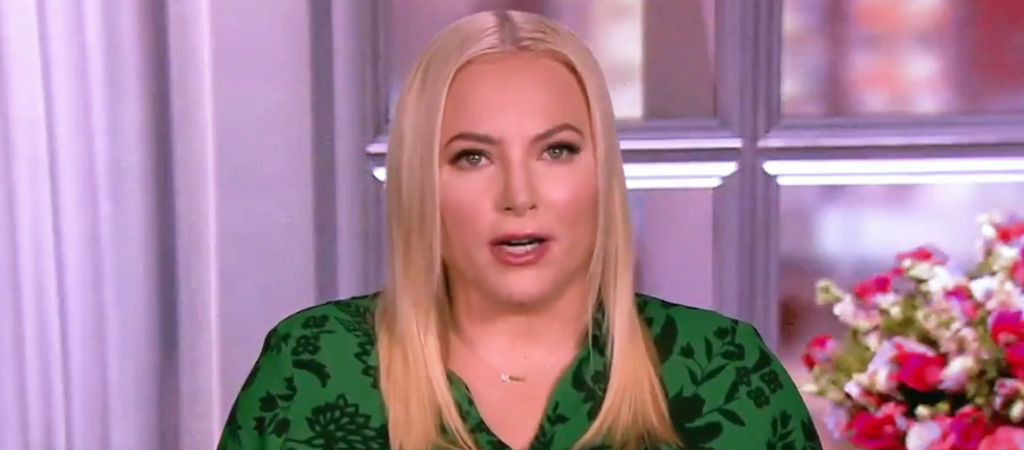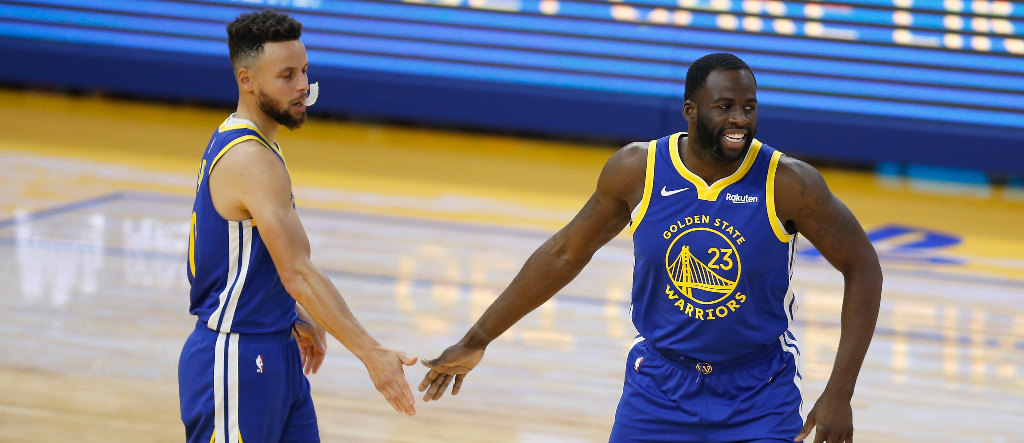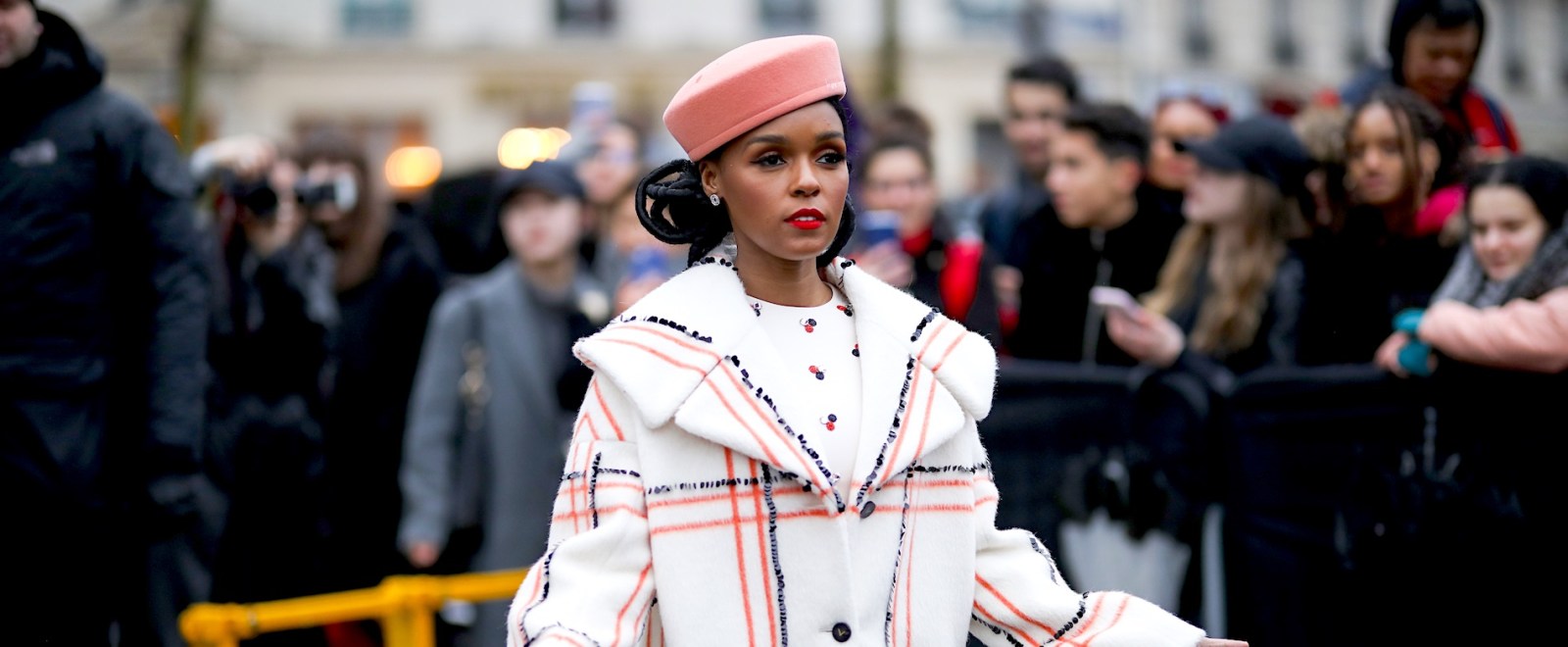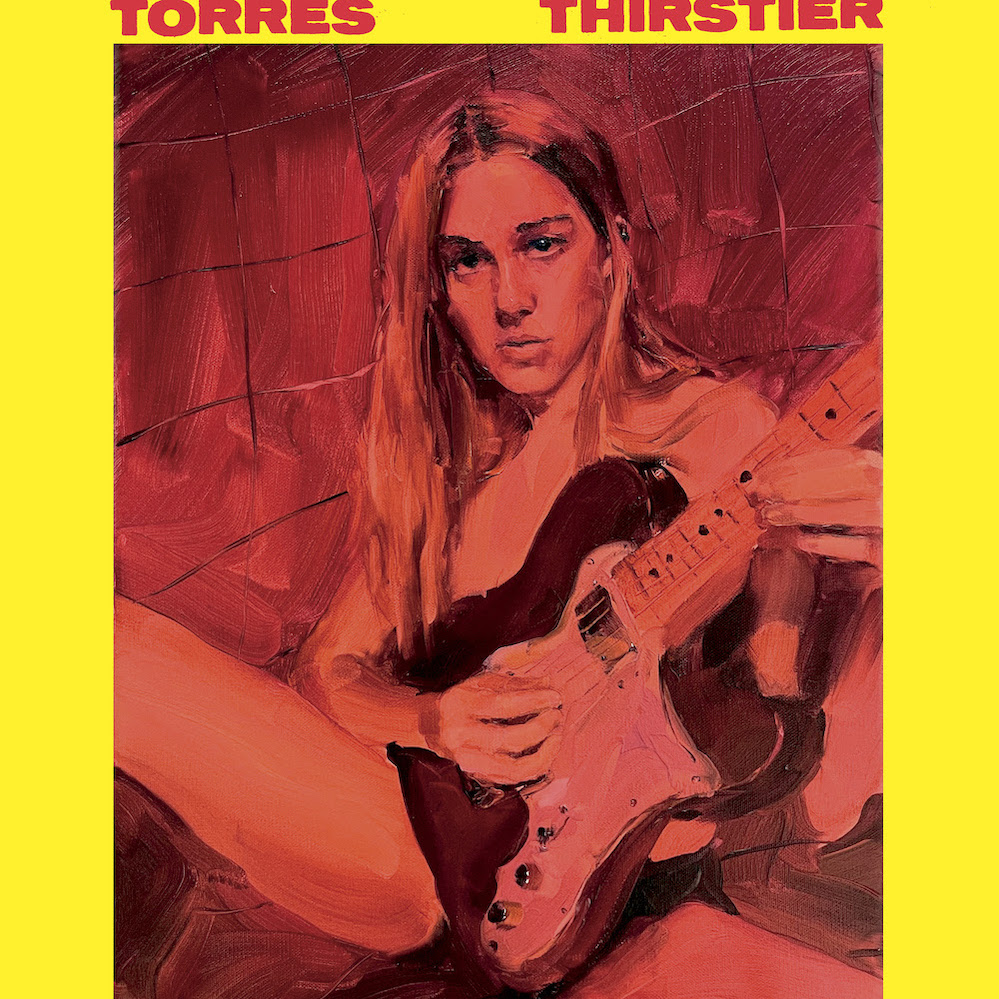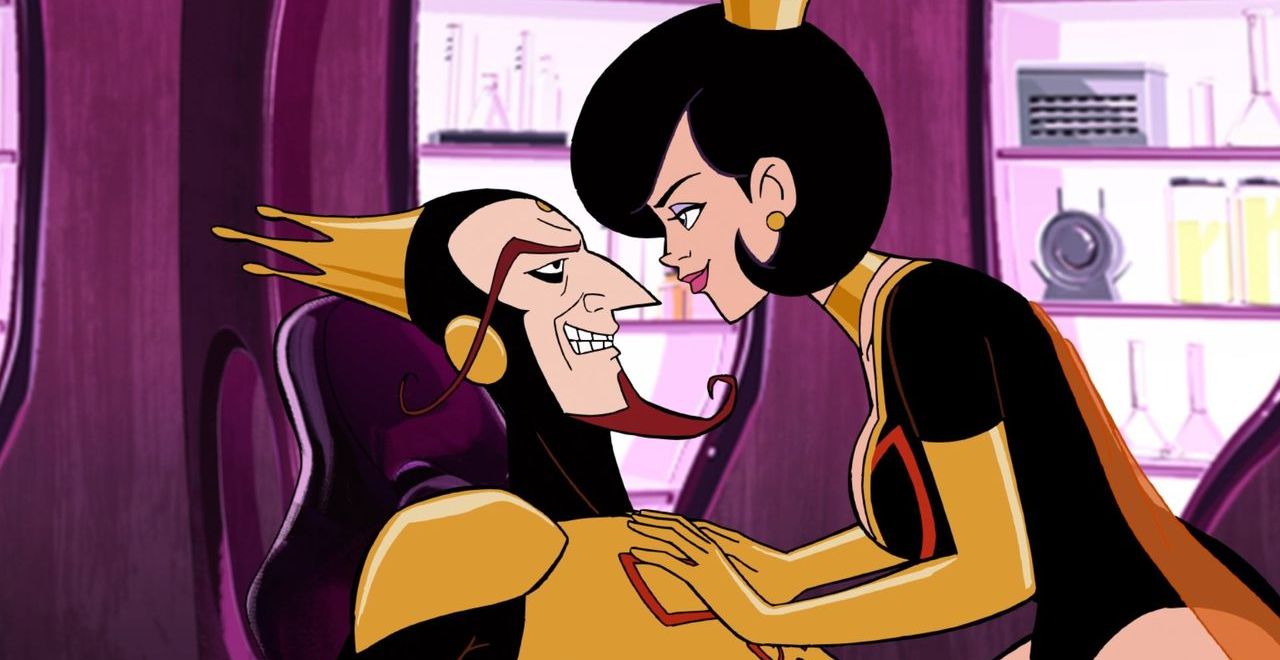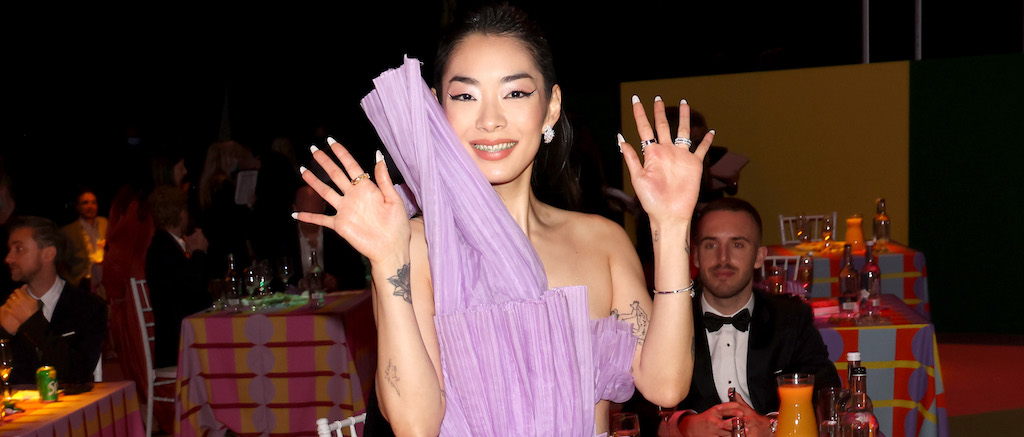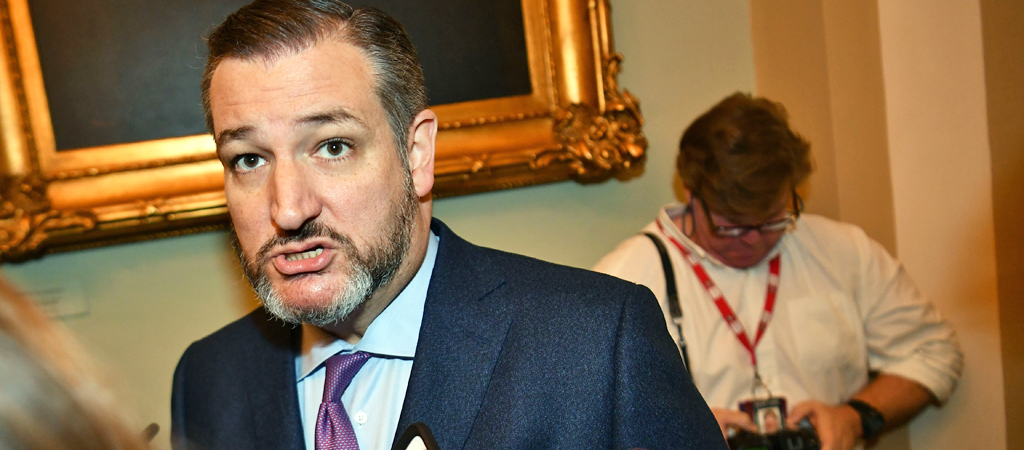
Welcome to SNX DLX, our weekly roundup of the best sneakers on the market. This week, we’re finally out of Nike fan-boy/girl territory as Adidas and New Balance actually bring something to the table. That’s not to say this week doesn’t bring some fire Jordans along with it — every week brings fire Jordans, without fail — but we’re happy to see Yeezy, Adidas, and New Balance actually dropping something worth copping after last week’s weak showing.
As of right now, we’re out of collaboration-heavy offerings. No Supreme, Union, Palace, or any other dope retailer team-ups, with the exception of this week’s highlight which comes from Nike and Los Angeles-based streetwear brand UNDEFEATED and pays tribute to Kobe Bryant, right as Bryant’s estate has severed ties with Nike. This means we might be looking at one of the final Kobe Protros, at least for the time being.
Let’s jump in!
UNDEFEATED Nike Kobe 5 Protro “Hall of Fame”

First teased last year, this week brought the highly anticipated release of UNDEFEATED’s collaborative Nike Kobe 5 Protro Hall of Fame. Featuring a metallic gold upper with Laker purple detailing on the tongue, lining, sole, and heel branding, with an inner gradient Swoosh and faux-snakeskin paneling, a reference to Kobe’s Black Mamba nickname, the Hall of Fame is simply one of the finest Kobe 5 Protros to ever drop.
The Undefeated Nike Kobe 5 Protro is set to drop on May 12th for a retail price of $190. The raffle is already closed on this one, so pick up a pair at GOAT.
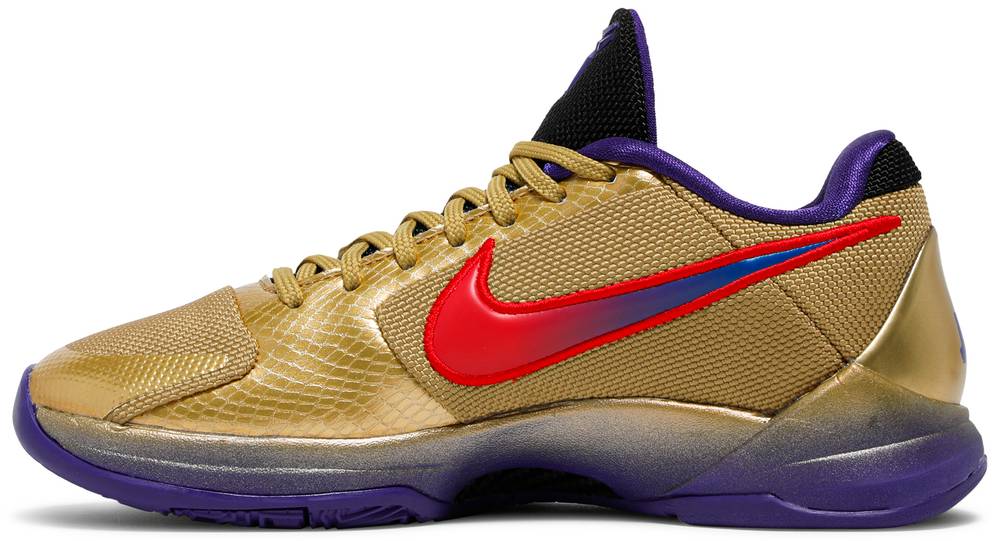
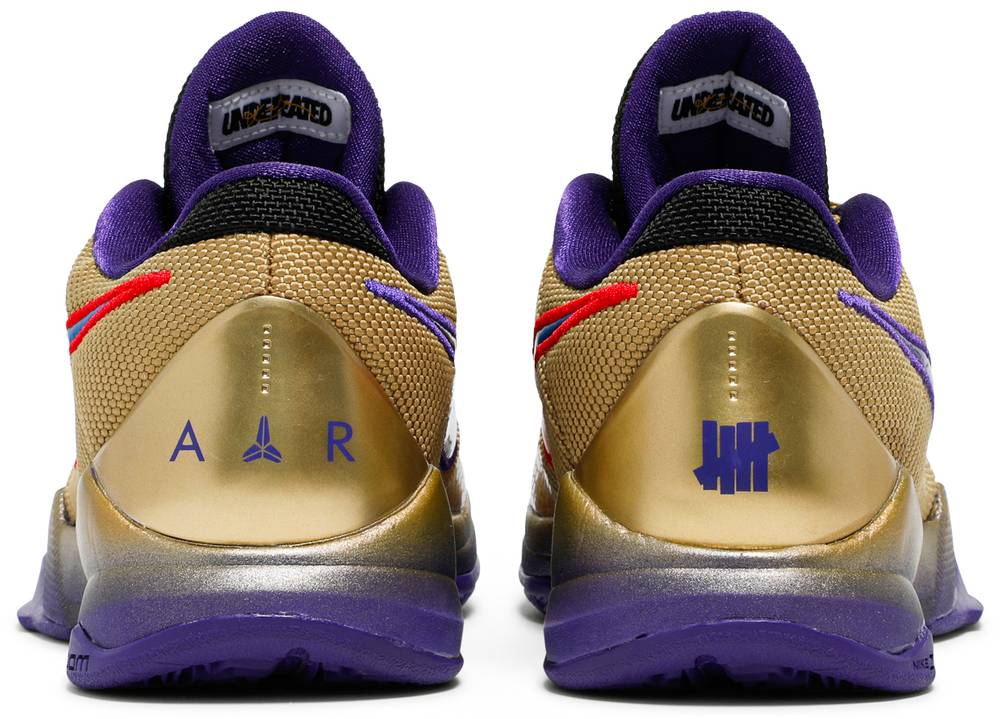
Jaden Smith New Balance Vision Racer Pink
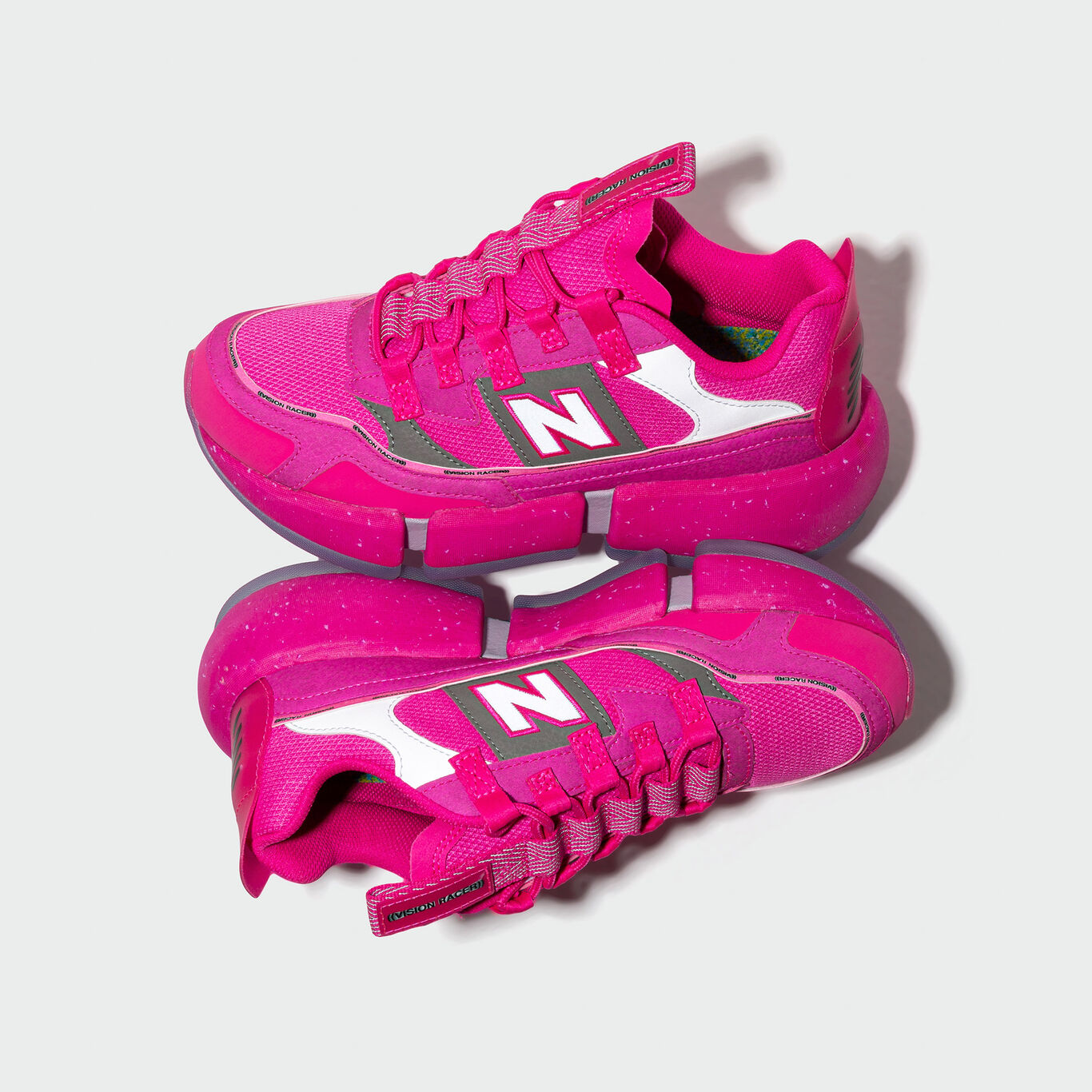
We’re big fans of Jaden Smith’s sneaker output thus far, and young Jaden is at his best when he’s getting weird with his designs — like this new hot pink version of the Vision Racer. The Vision Racer is a unique New Balance silhouette, it combines the 1700 and X-Racer silhouette for something that looks like it should be worn by a fashionable race car driving alien.
Featuring a hot pink upper with reflective detailing and a weird faux-platform midsole, the Vision Racer sports some VISION branding underneath a translucent icy outsole.
The Jaden Smith New Balance Vision Racer Pink is set to drop on May 14th for a retail price of $150. Pick up a pair at New Balance.
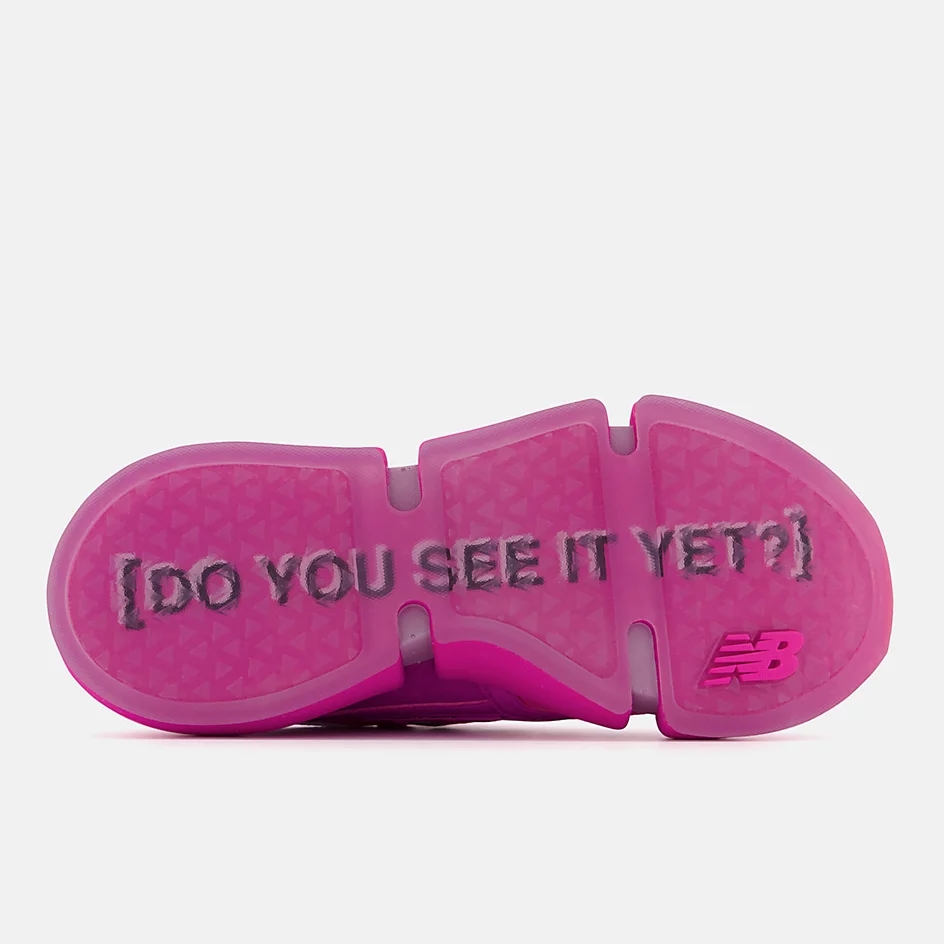
Air Jordan 5 Low Wings

Made in celebration of the Jordan Wings program, which offers education and mentorship opportunities for youth around the world, the Air Jordan Wings features a low-cut silhouette with gilded accents, embroidered branding on the tongue and heel, and a lace attachment that’s meant to evoke a graduation tassel. Diploma seal graphics appear on the insole, giving this pair a celebratory look that is fitting as a dope-as-hell graduation present for the class of 2021.
Forget those kids though, give us the shoes and we’ll find something to celebrate! We’re kidding, but don’t let the collegiate quality of these sneakers dissuade you, this black and gold colorway is a sleek look.
The Air Jordan 5 Low Wings is set to drop on May 14th for a retail price of $190. Pick up a pair via the Nike SNKRS app.
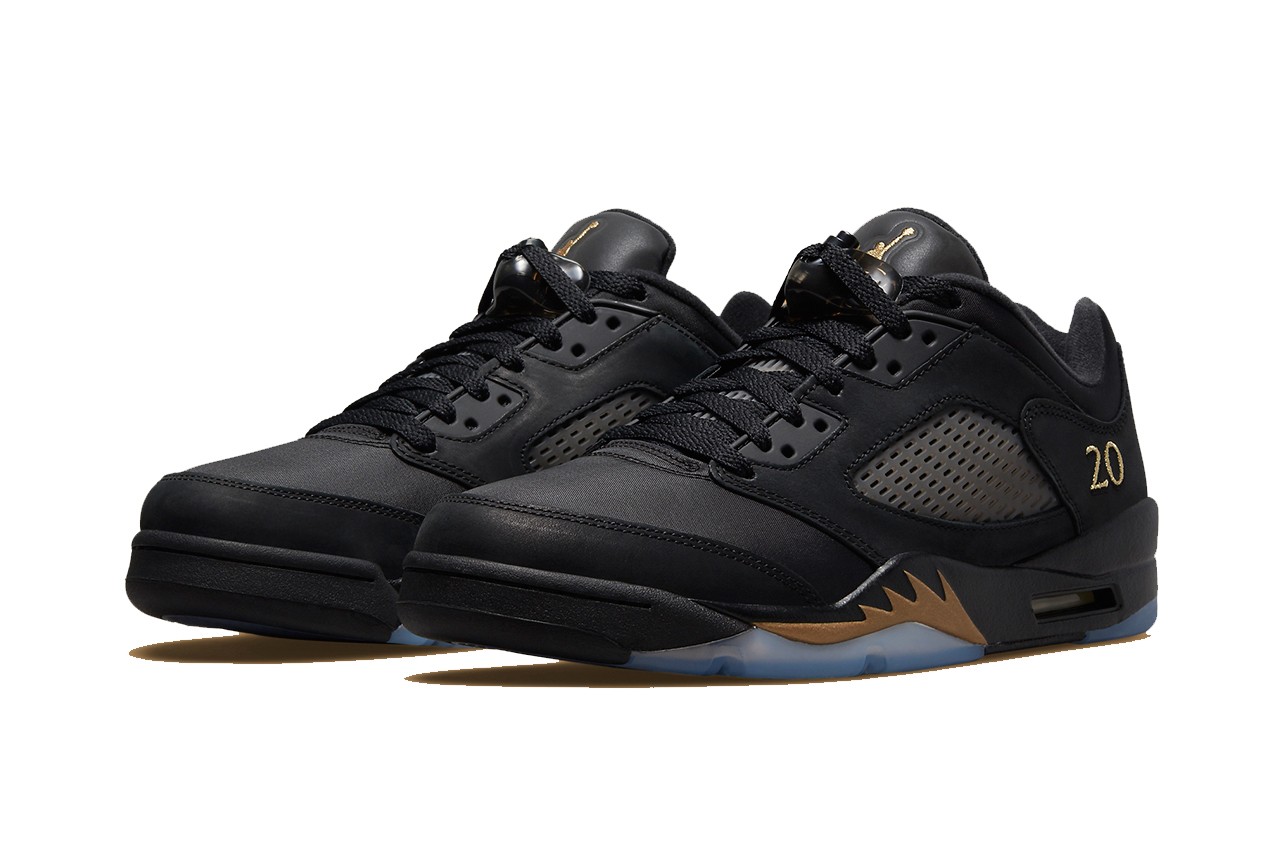
Air Jordan 1 Shadow 2.0
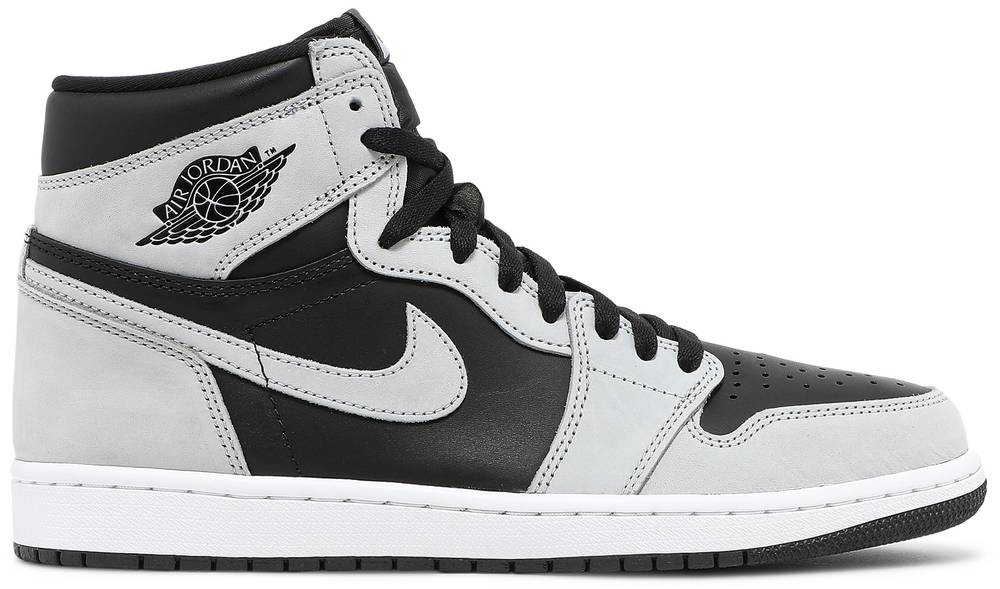
Another week, another fire pair of Jordans, this week brings the high top Air Jordan 1 Shadow 2.0, which sports a black leather upper with Light Smoke Grey suede overlays, a white midsole, and a black rubber outsole. The 2.0 sits atop a rubber cupsole with Air cushioning, a black Jordan Wings logo on the lateral collar, and a grey wraparound swoosh.
The 2.0 is a redesign of the OG Jordan 1 Shadow, which sported darker grey tones, more black, and looked, well, more like a shadow. The 2.0 version might look less Shadow-y but it’s a better, more modern design.
The Air Jordan 1 Shadow 2.0 is set to drop on May 15th for a retail price of $190. Pick up a pair at GOAT or Flight Club.
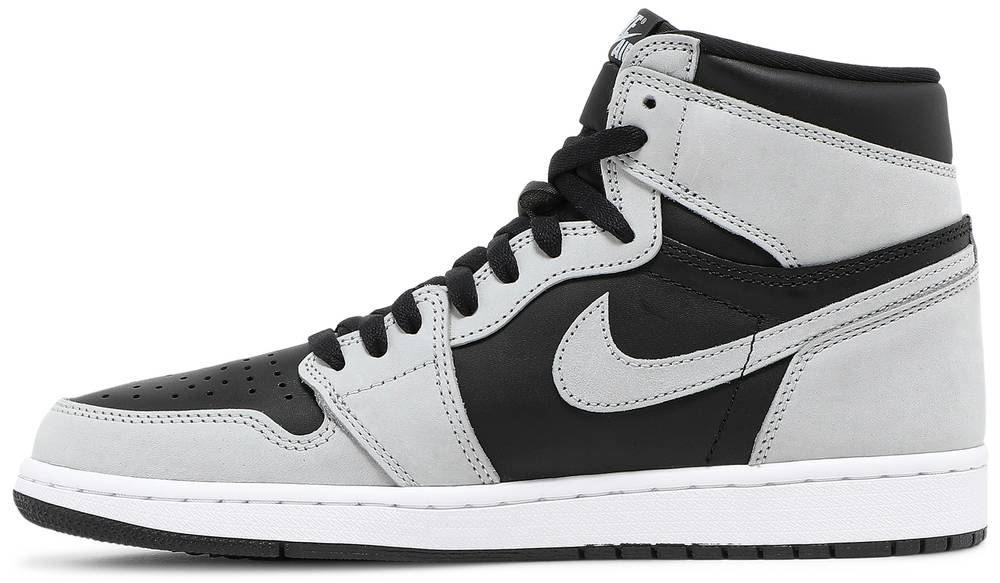
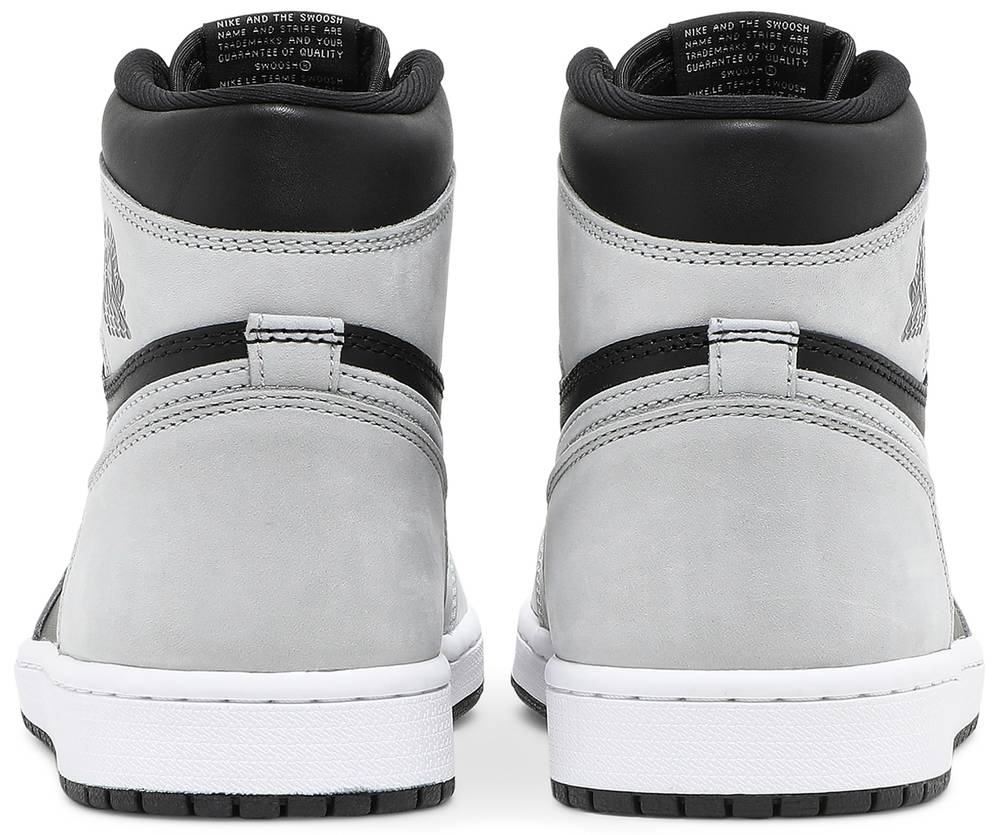
Adidas Yeezy 500 High Sumac/ Tactical Orange

Yeezy brand has dropped so much fire this year that we’re probably going to have to re-do our ranking of the best Yeezys from last year. This week brings two brand new colorways of the high top 500 silhouette, both featuring an earthy mix of tans, beiges, and browns, accented with rich blues and reds against a mixed mesh and suede upper.
Ye has been mixing up his usual Yeezy brand color palette this year, and while he’s still keeping things heavy on the earth-tones, they’re getting a vibrancy here that makes each silhouette look fresh.
The Adidas Yeezy 500 High Sumac and Tactical Orange are set to drop on May 15th for a retail price of $150. Pick up a pair at the Adidas webstore or via Yeezy Supply.
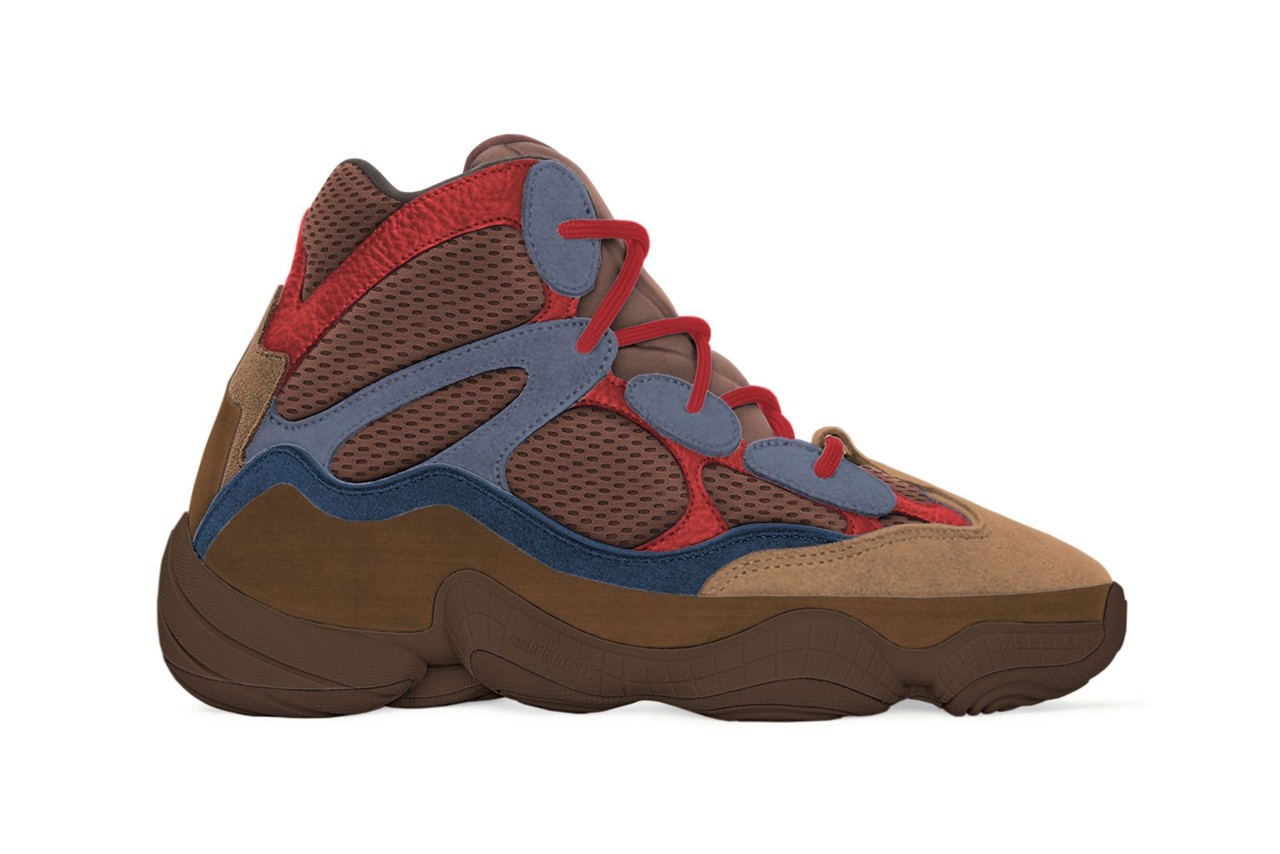
Lucus Puig Adidas Puig PK Primeblue

Made in partnership with pro skater Lucas Puig, the Puig PK Primeblue is a brand new high-performance silhouette made from Parley ocean plastic inspired by Puig’s hometown of Biarritz France. The design plays off of the Adidas Puig, but swaps out the more rugged design for a softer and lighter weight Primeknit upper with hazy green accents, and wavy detailing on the tread and heel.
The sneaker sits atop an EVA midsole for added comfort and cushioning with an Adiprene sock liner for a snug performance-focused fit. We’re big fans of sustainable sneaker and we’re glad to see the trend spill over into the high-performance sneaker domain.
The Adidas Puig PK Primeblue is out now for a retail price of $110. Pick up a pair at the Adidas webstore or at select skate retailers.

Nike AJKO 1 Chicago
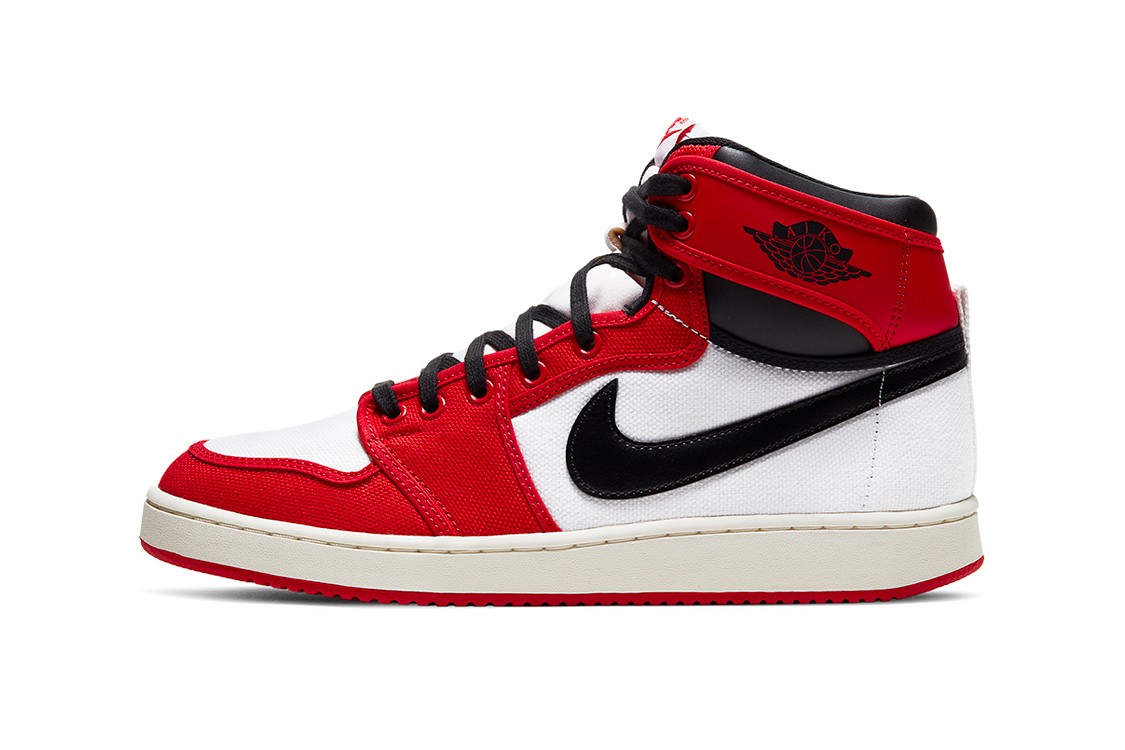
Jordan heads are either going to love or hate this one and, to be honest, we’re still a little torn ourselves. But hey, it’s a light week so we’re going to go ahead and shout out the Air Jordan KO 1, which is a redesign of the OG Air Jordan 1 with a canvas and leather upper, which provides a more comfortable fit than a traditional pair of Jordan 1s.
Canvas on a Jordan, what’s next Nylon?! A Primeknit or mesh upper? All jokes aside, Nike tried to ease the pain of mixing up the upper fabrics by dropping this in the classic Chicago colorway. If you love the shape and look of Jordans but never found the sneaker very comfortable, the AJKO might be for you.
The AJKO 1 Chicago is out now a retail price of $140. Pick up a pair via the Nike SNKRS app, or aftermarket sites like StockX.
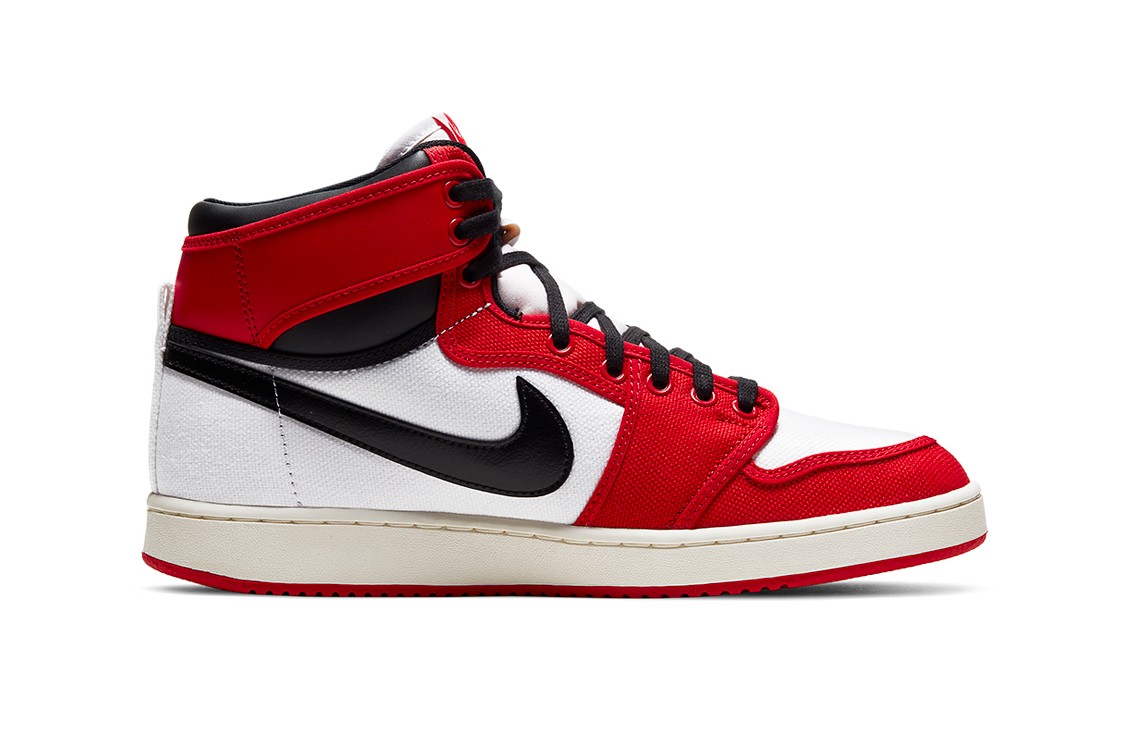
Disclaimer: While all of the products recommended here were chosen independently by our editorial staff, Uproxx may receive payment to direct readers to certain retail vendors who are offering these products for purchase.


